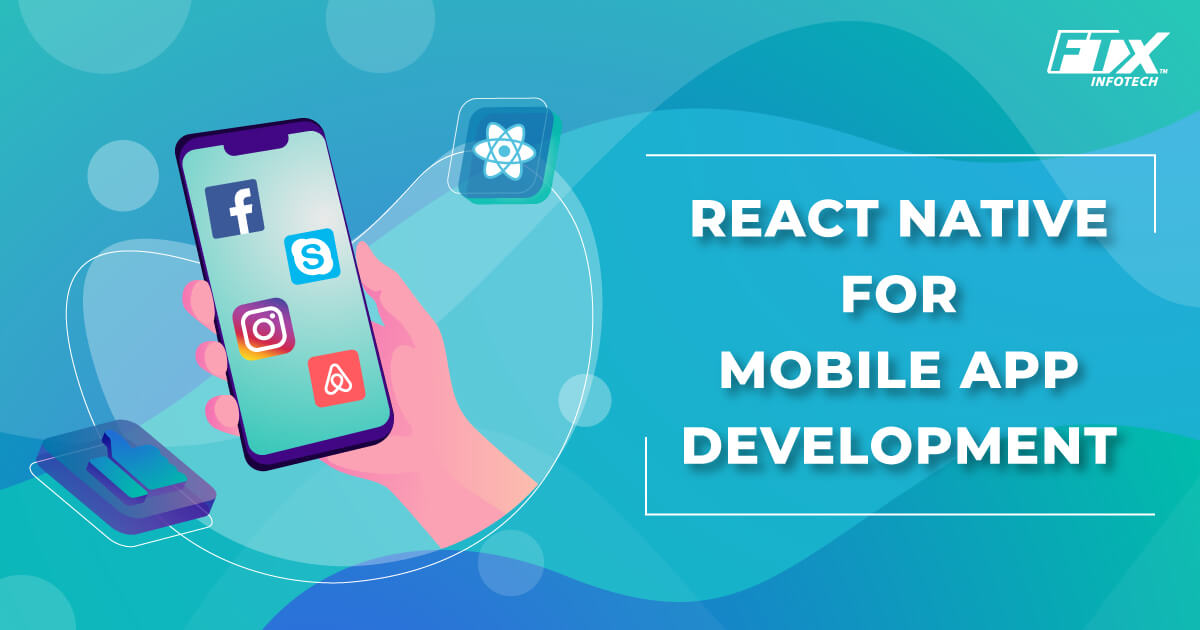- By -Nichetech
- Posted on
- Posted in Web Development
Are you ready to embark on a journey into the exciting world of mobile app development? If you’re familiar with JavaScript and eager to create powerful, cross-platform apps, React Native App Development Company is your ticket to success. In this blog post, we’ll explore the art of mastering React Native and building stunning mobile applications.
Why React Native?
React Native is a game-changer in the realm of mobile app development. It allows you to write your app’s codebase in JavaScript and deploy it across both iOS and Android platforms. Here’s why React Native stands out:
1. Cross-Platform Compatibility
With React Native, you can develop a single codebase that works seamlessly on both iOS and Android devices. Say goodbye to the days of maintaining separate code for each platform.
2. Faster Development
React Native’s “hot-reloading” feature enables rapid development, allowing you to see changes in real-time. This speeds up the development cycle and enhances productivity.
3. A Vast Ecosystem
Leverage the extensive library of pre-built components and third-party plugins available in the React Native ecosystem. This accelerates development and adds functionality to your apps.
Getting Started
1. Setting Up Your Environment
Before diving into React Native development, you’ll need to set up your development environment. Ensure you have Node.js, npm (Node Package Manager), and React Native CLI installed. You can find detailed installation instructions in the official React Native documentation.
2. Creating Your First App
Once your environment is ready, it’s time to create your first React Native app. Use the following command to get started:
This command initializes a new React Native project called “YourAwesomeApp.”
3. Building User Interfaces
React Native’s component-based architecture makes it easy to create user interfaces. You can use components like View, Text, and Image to design your app’s layout.
Mastering React Native
To become a React Native master, you’ll want to explore various aspects of mobile app development:
1. State Management
Learn how to manage the state of your app using tools like Redux or React’s built-in state management. This is crucial for handling data and user interactions.
2. Navigation
Implement smooth and intuitive navigation within your app using React Navigation or other navigation libraries.
3. Debugging and Testing
Discover debugging techniques and best practices for testing your React Native apps to ensure they run flawlessly.
4. Optimization
Optimize your app’s performance by identifying bottlenecks and implementing efficient code practices.
5. Deployment
Finally, master the process of deploying your app to the Apple App Store and Google Play Store. This involves obtaining necessary certificates and provisioning profiles.
Keep Learning
Remember, becoming a React Native master is an ongoing journey. Stay updated with the latest React Native developments, explore new libraries, and never stop learning.
In conclusion, React Native empowers developers to create mobile apps with JavaScript quickly. It’s a game-changer that opens doors to cross-platform development, and with dedication and practice, you can master it. So, roll up your sleeves, start coding, and embark on your journey to mastering React Native! 🚀📱
Happy coding!

